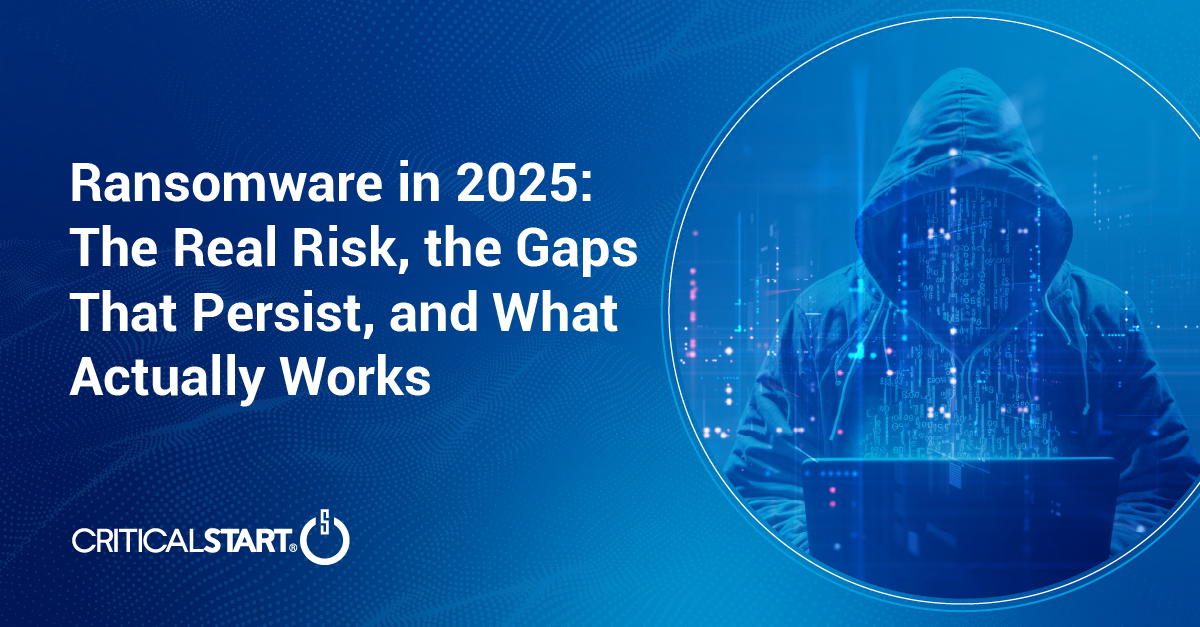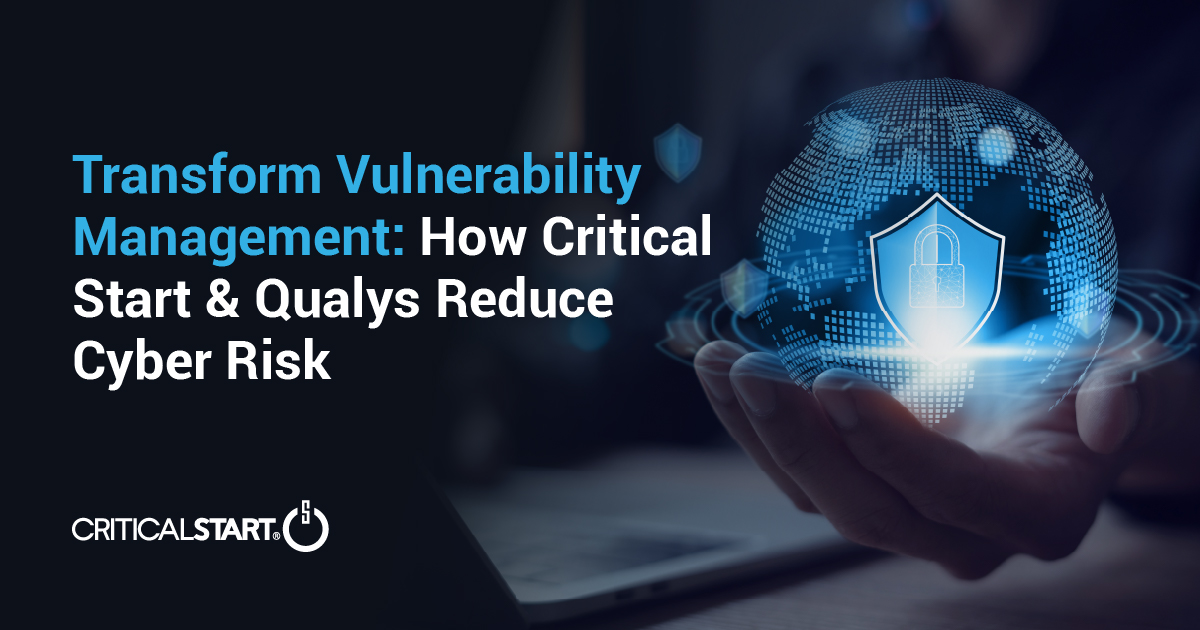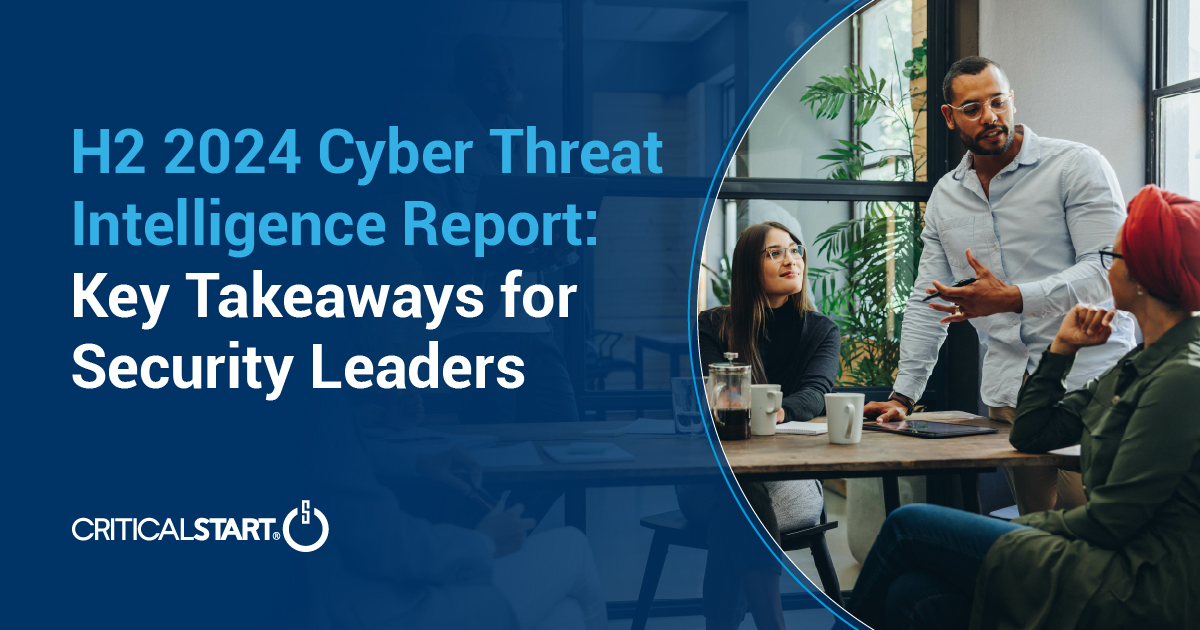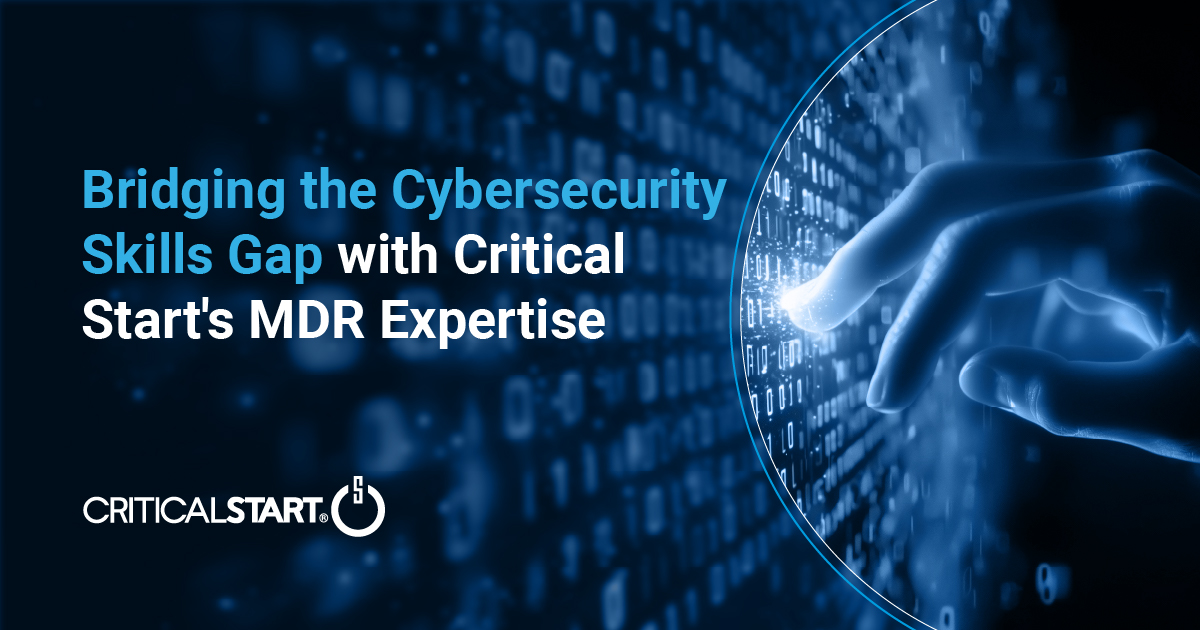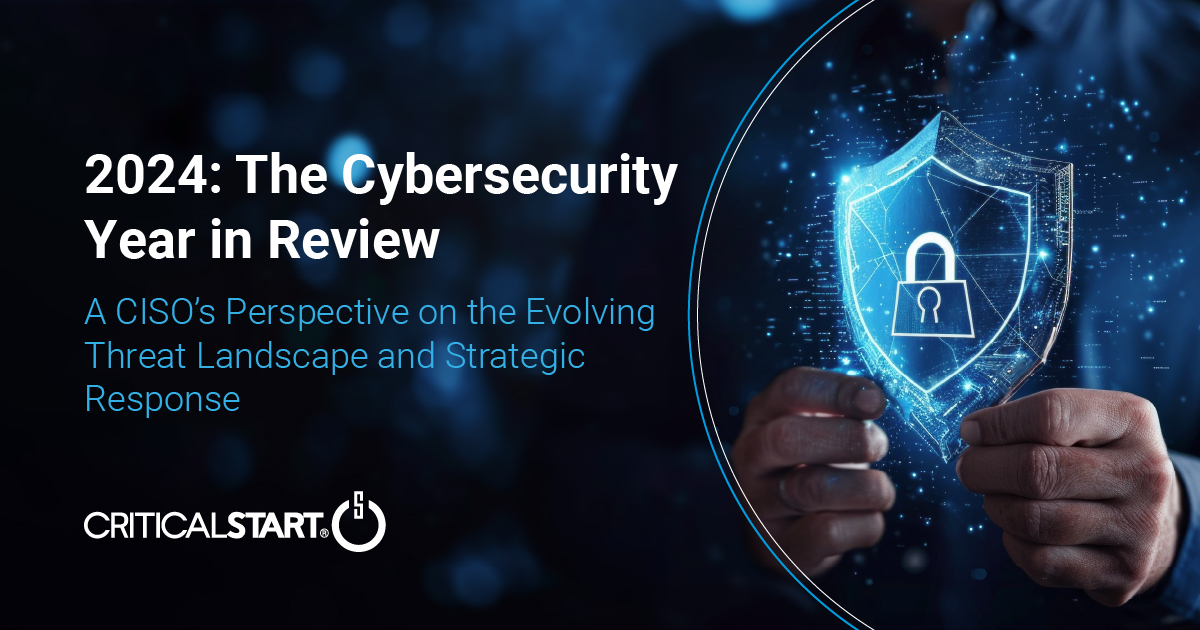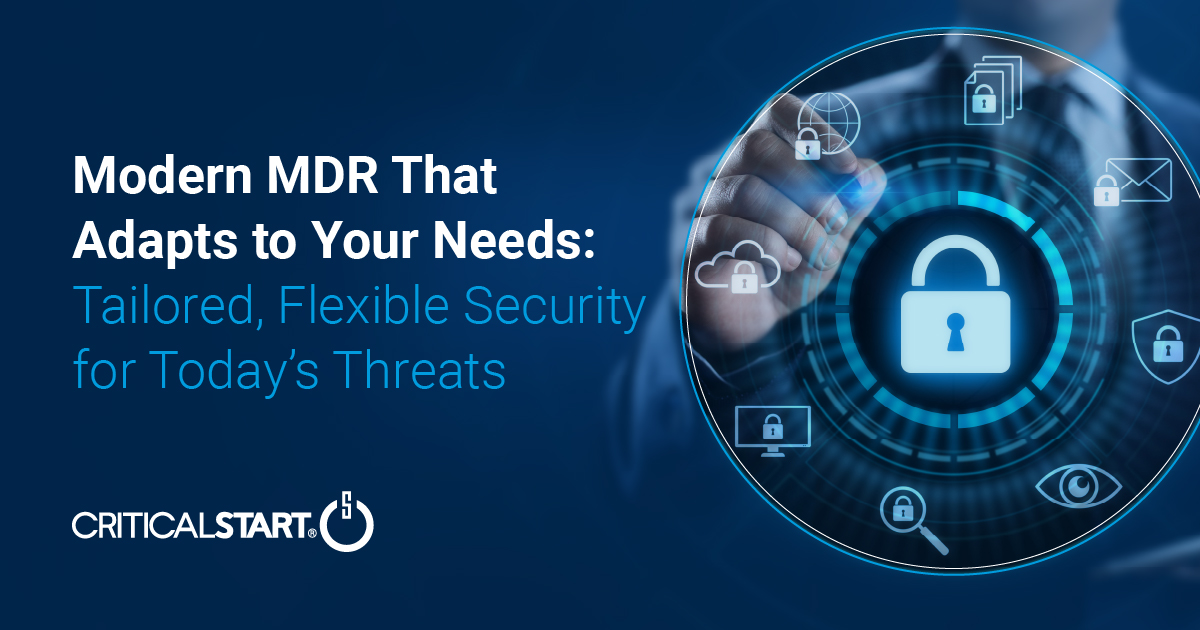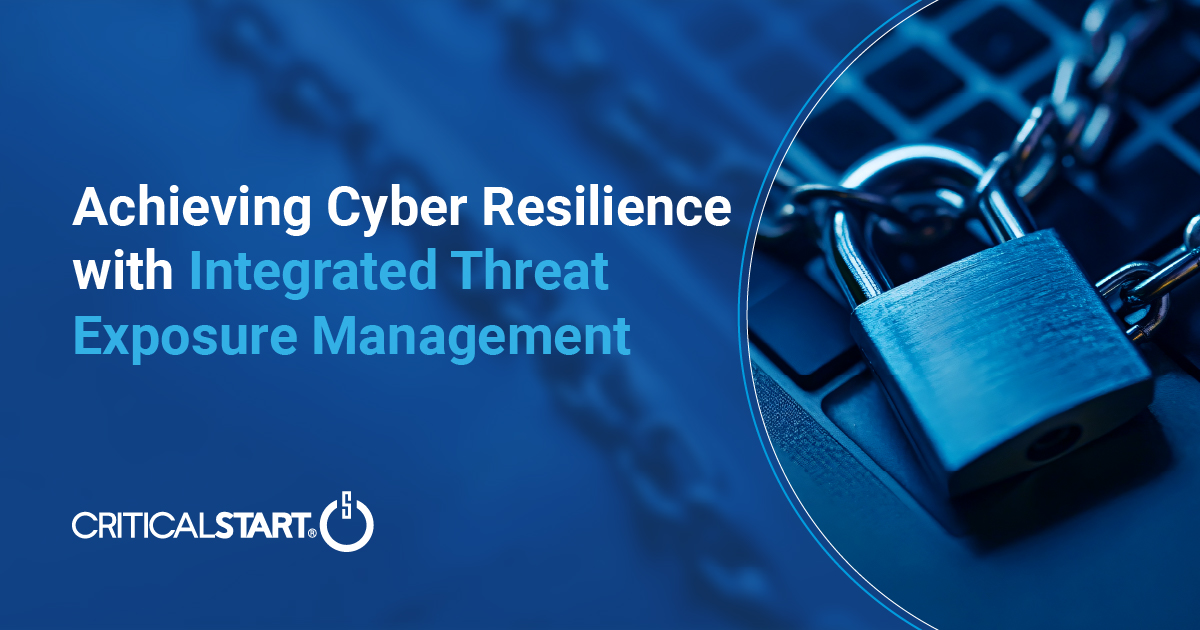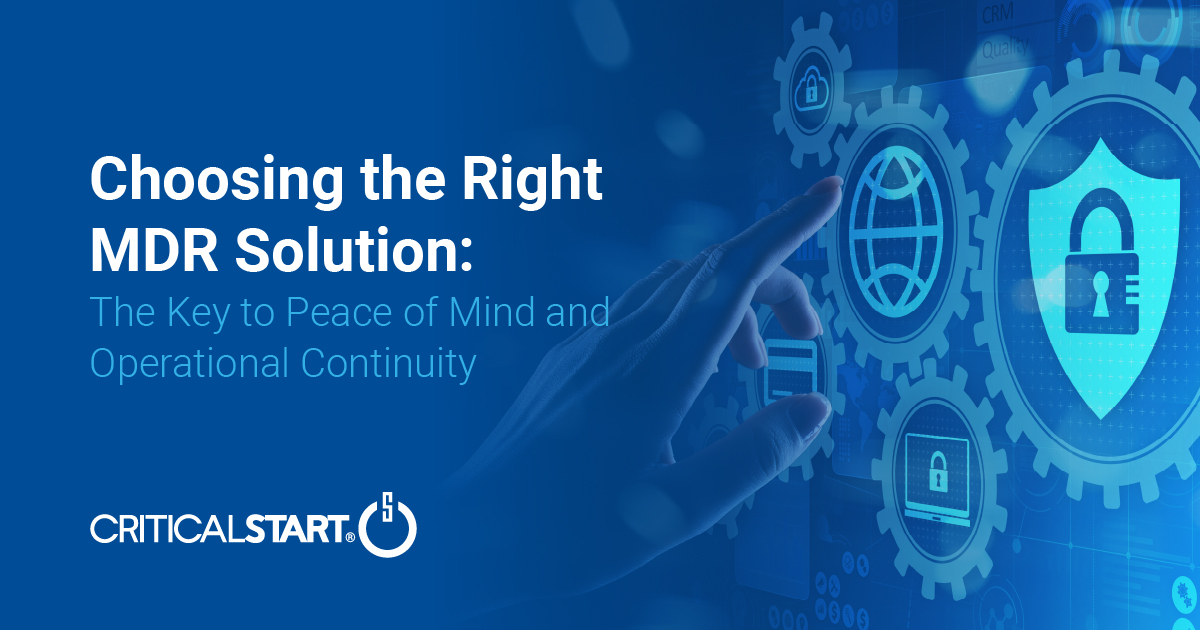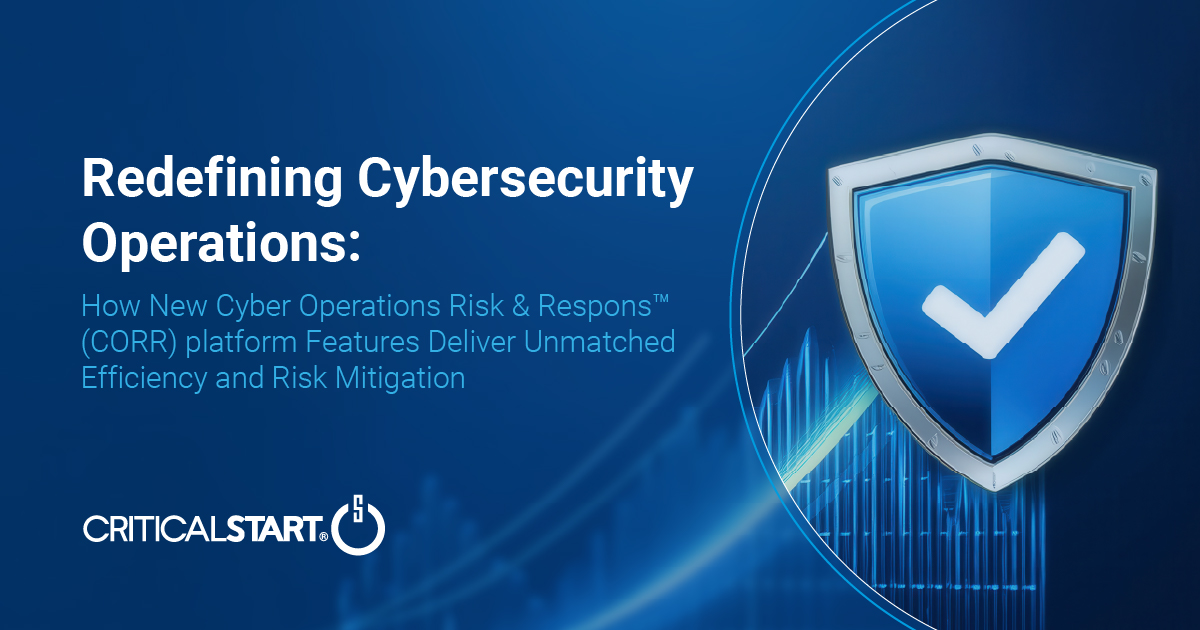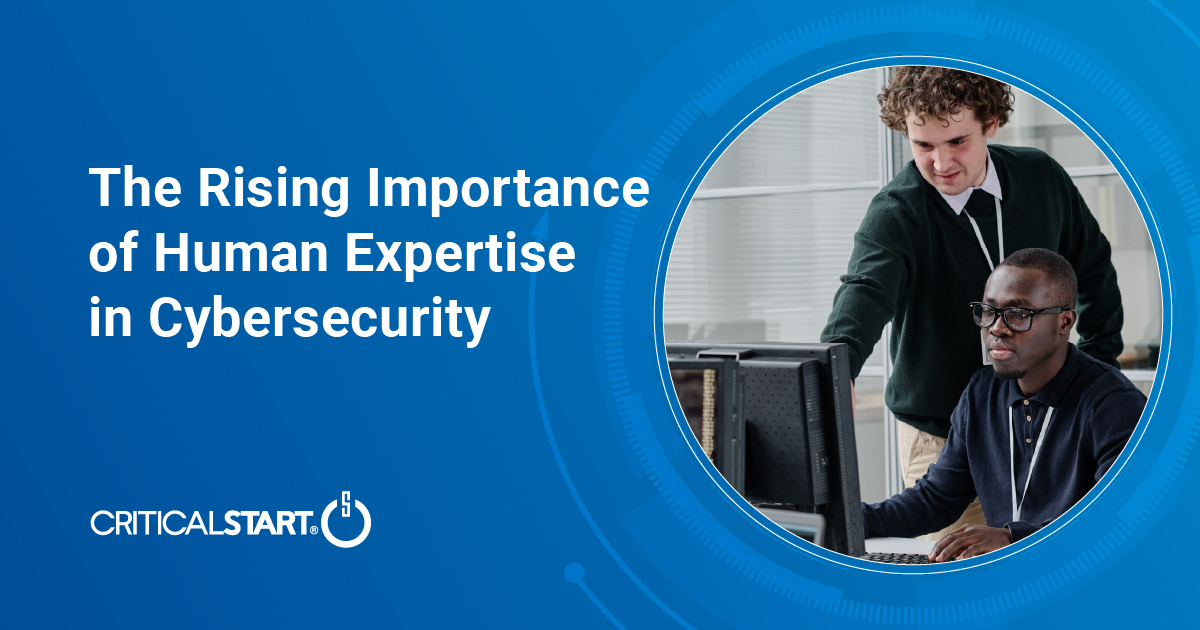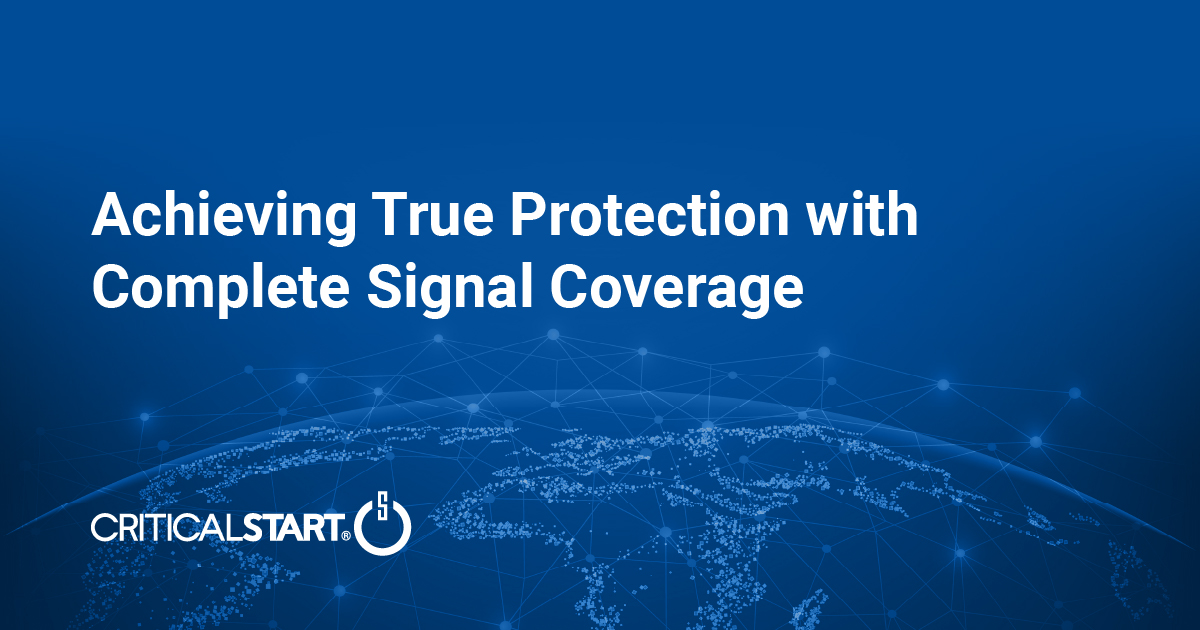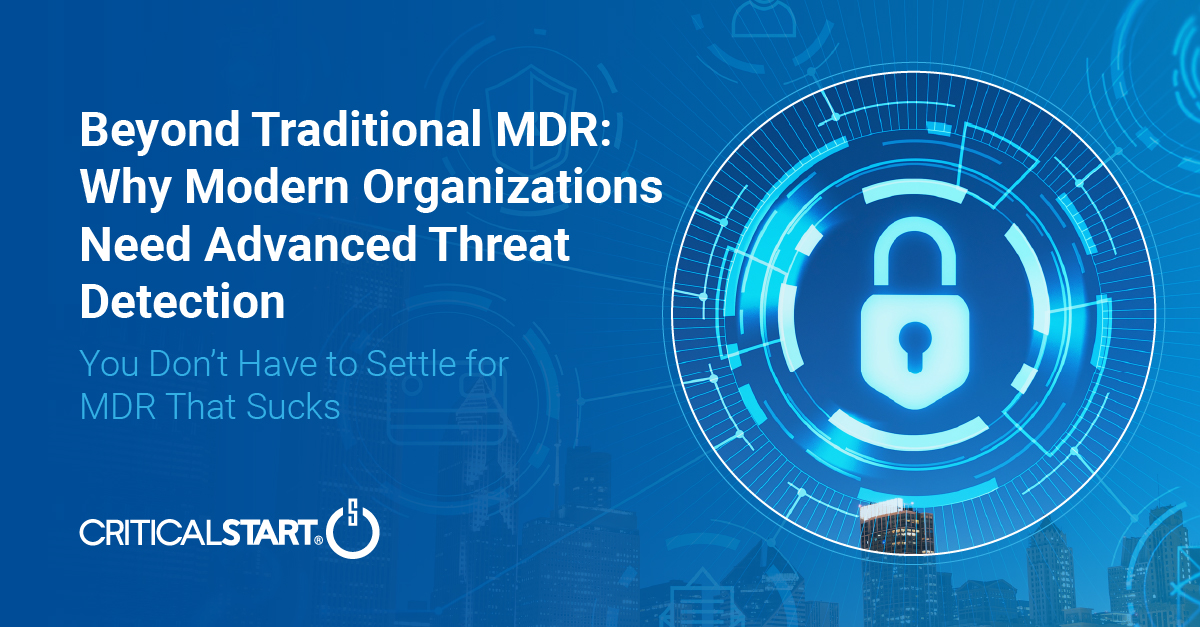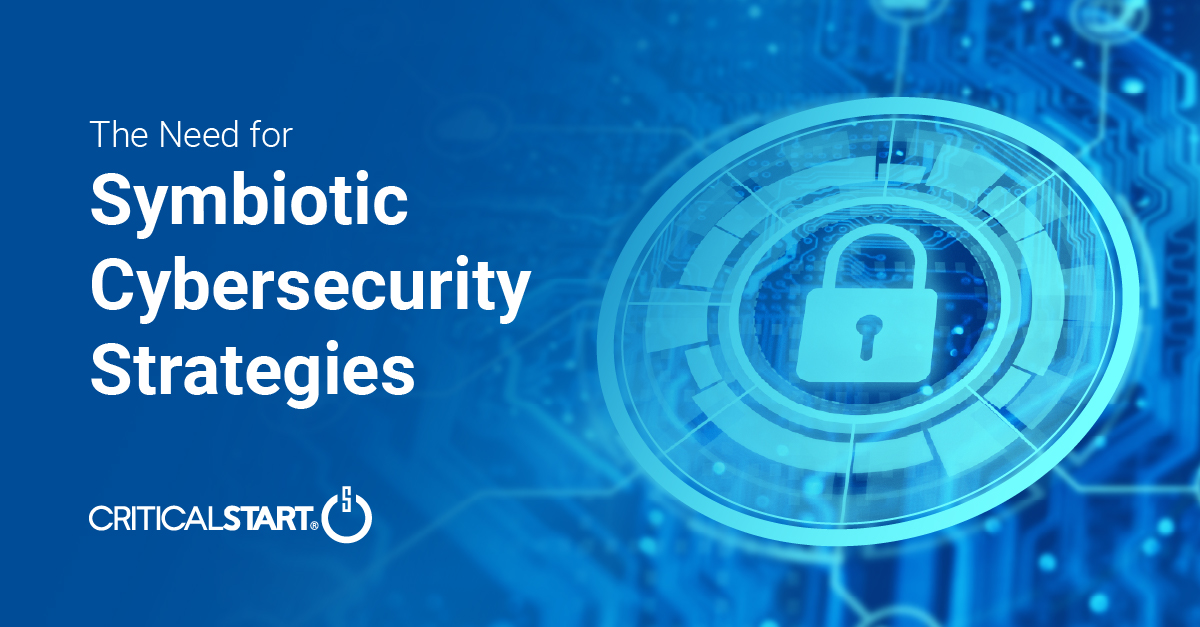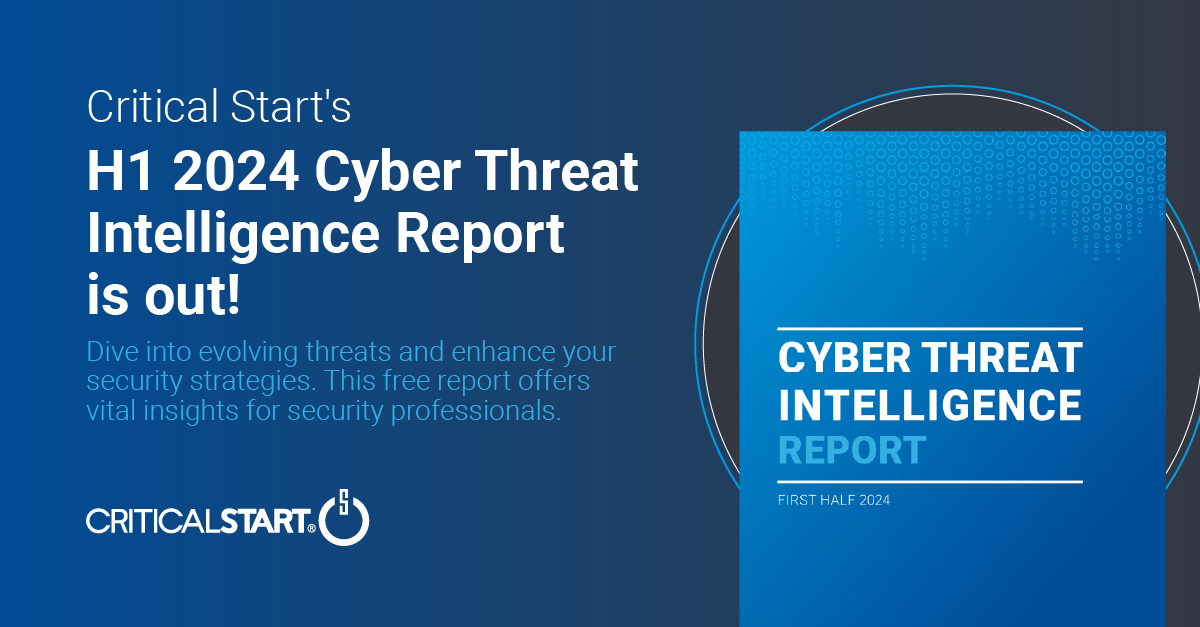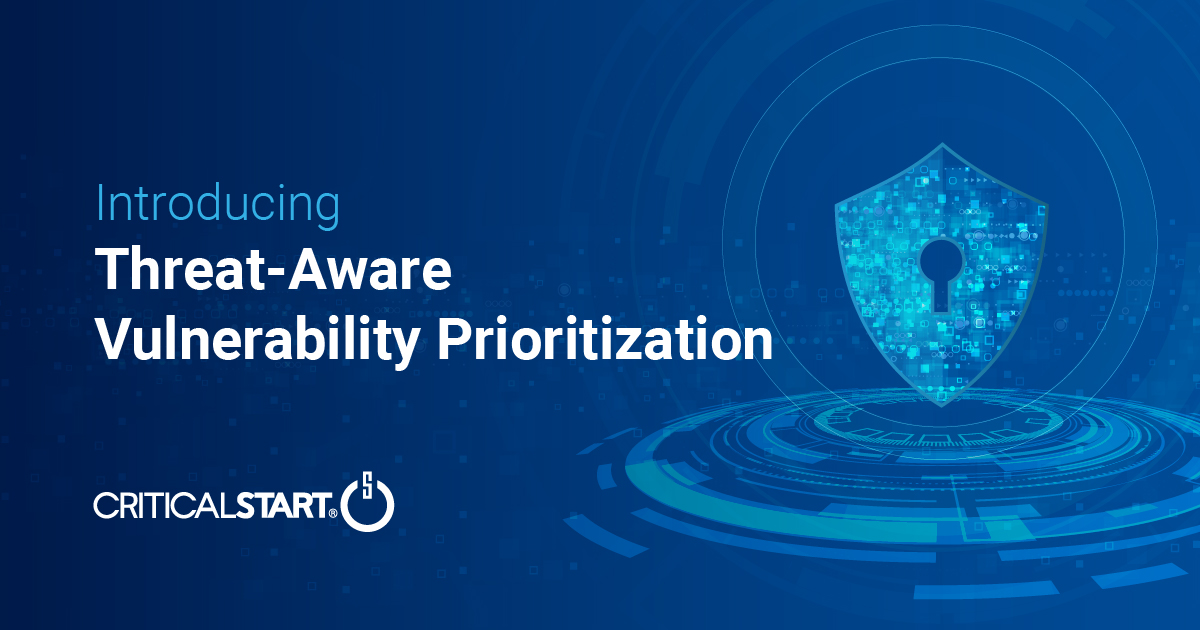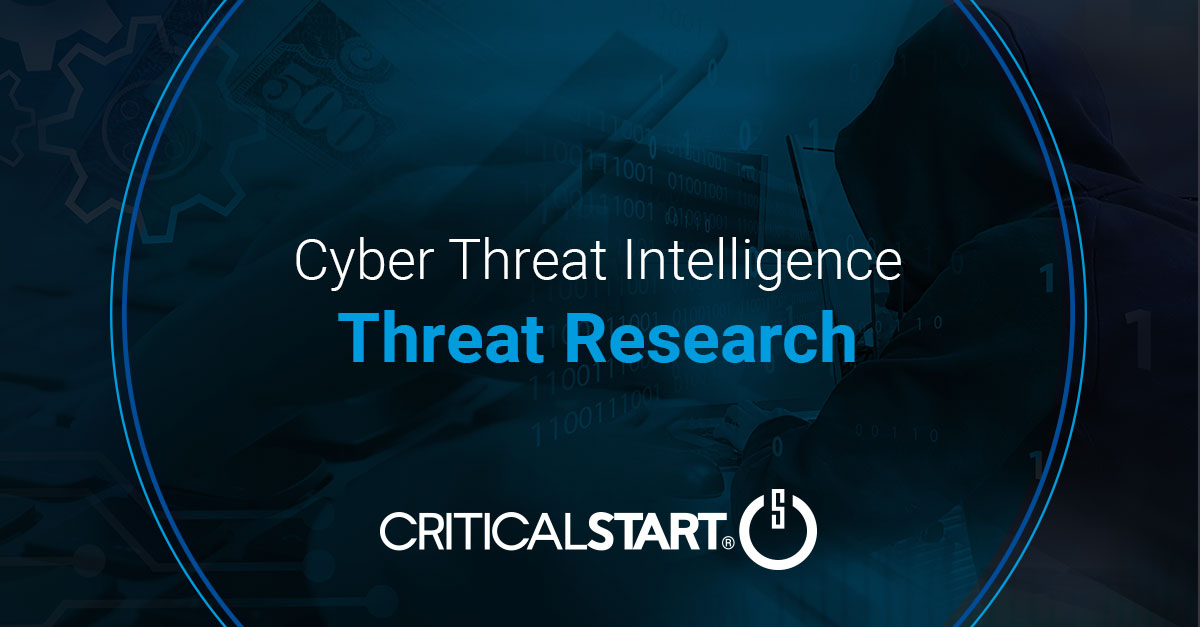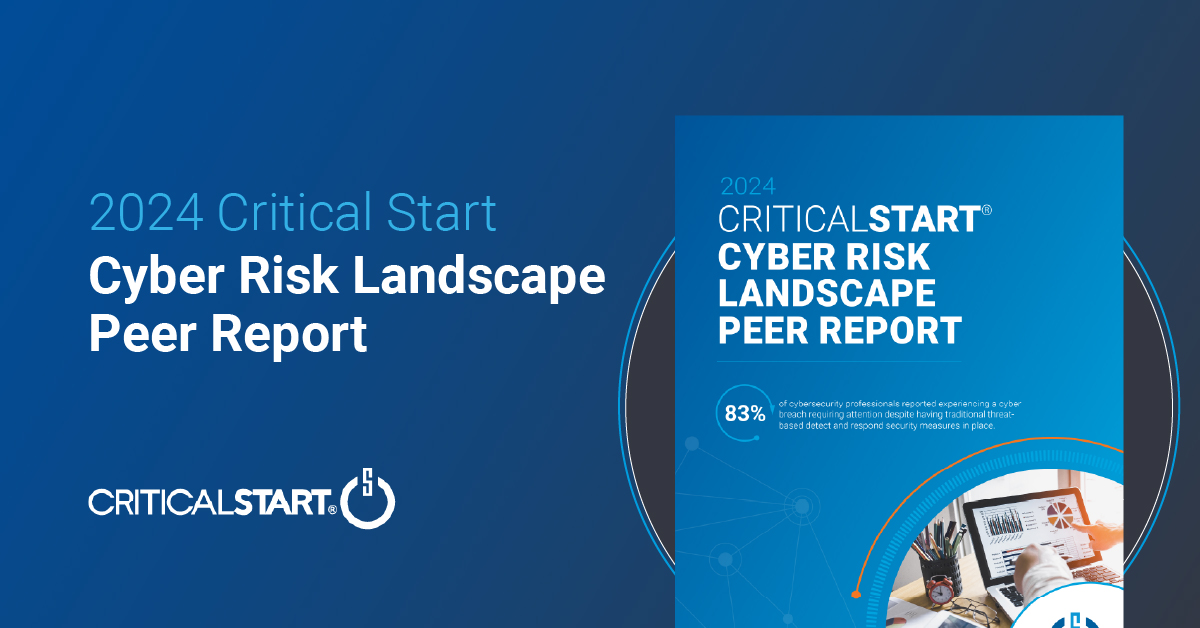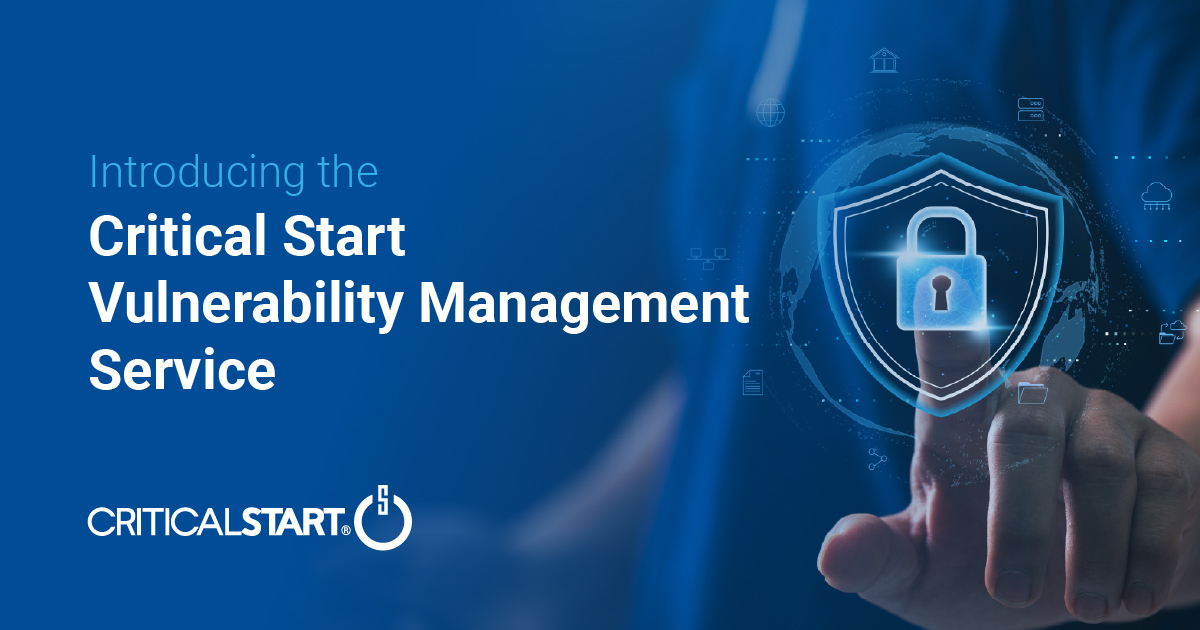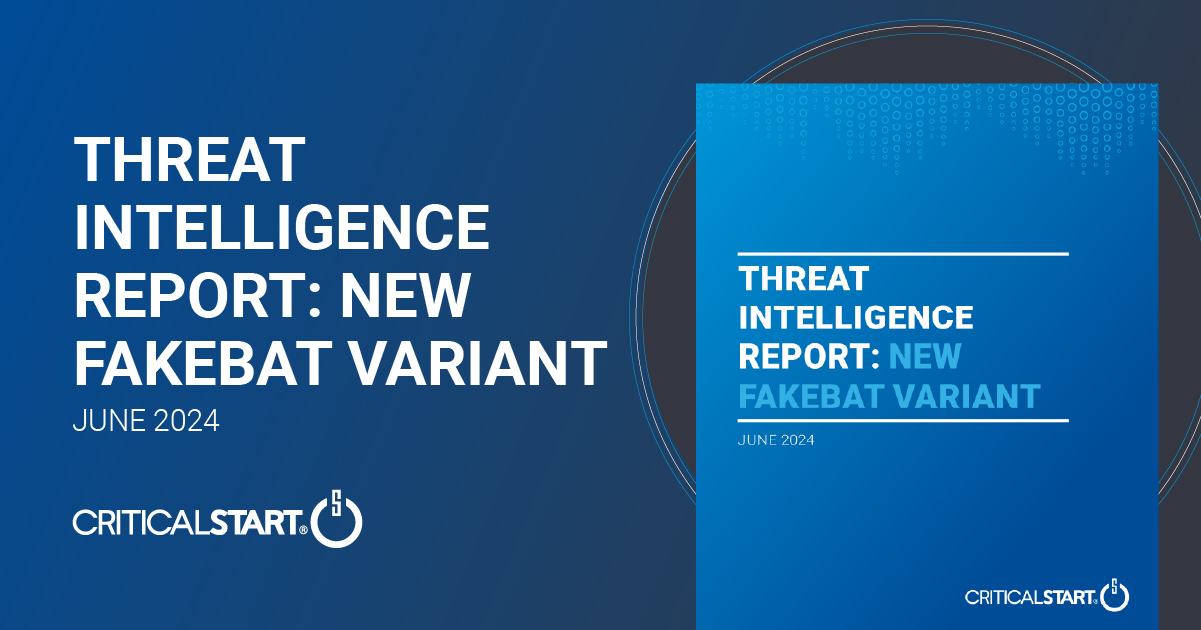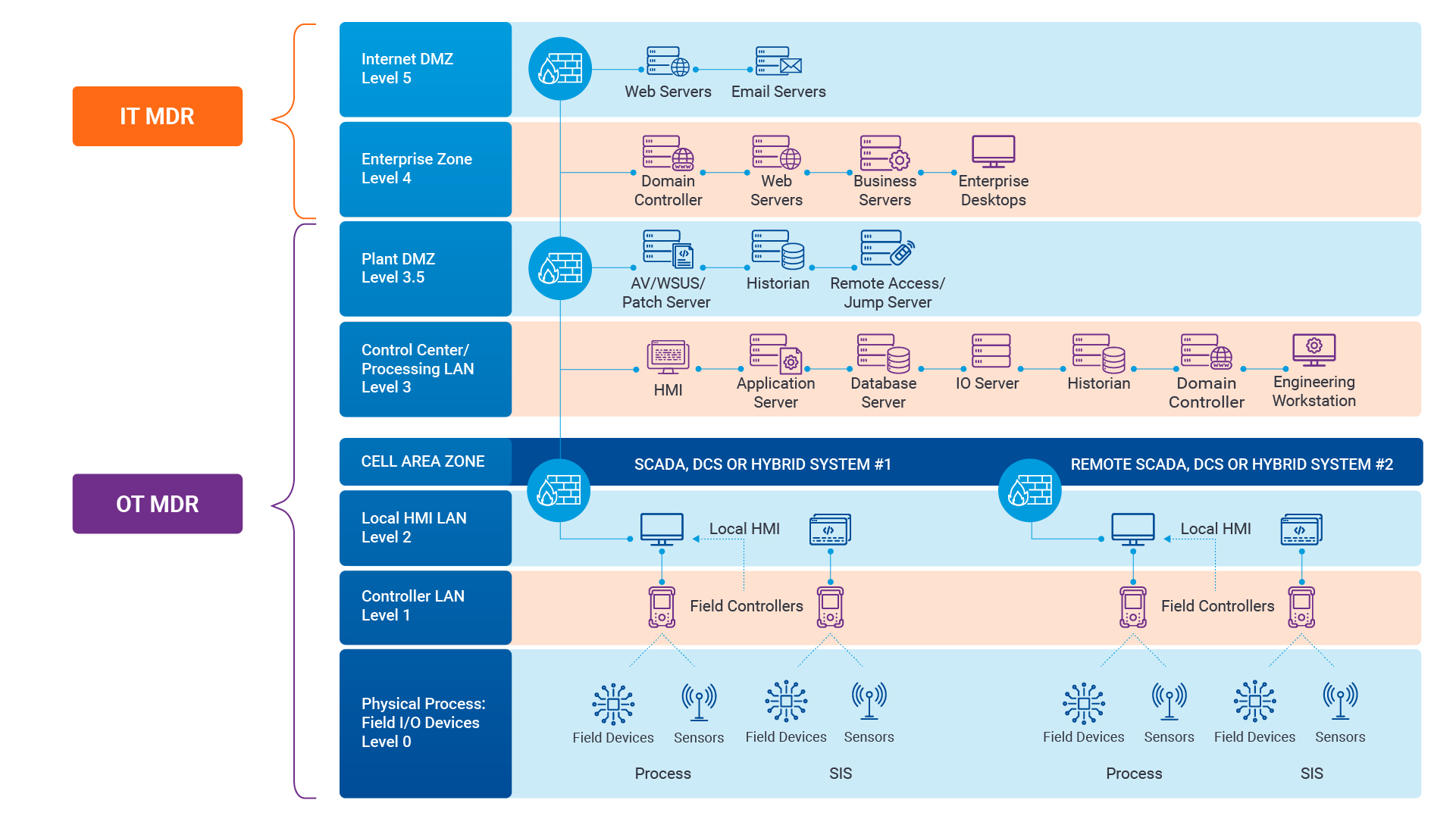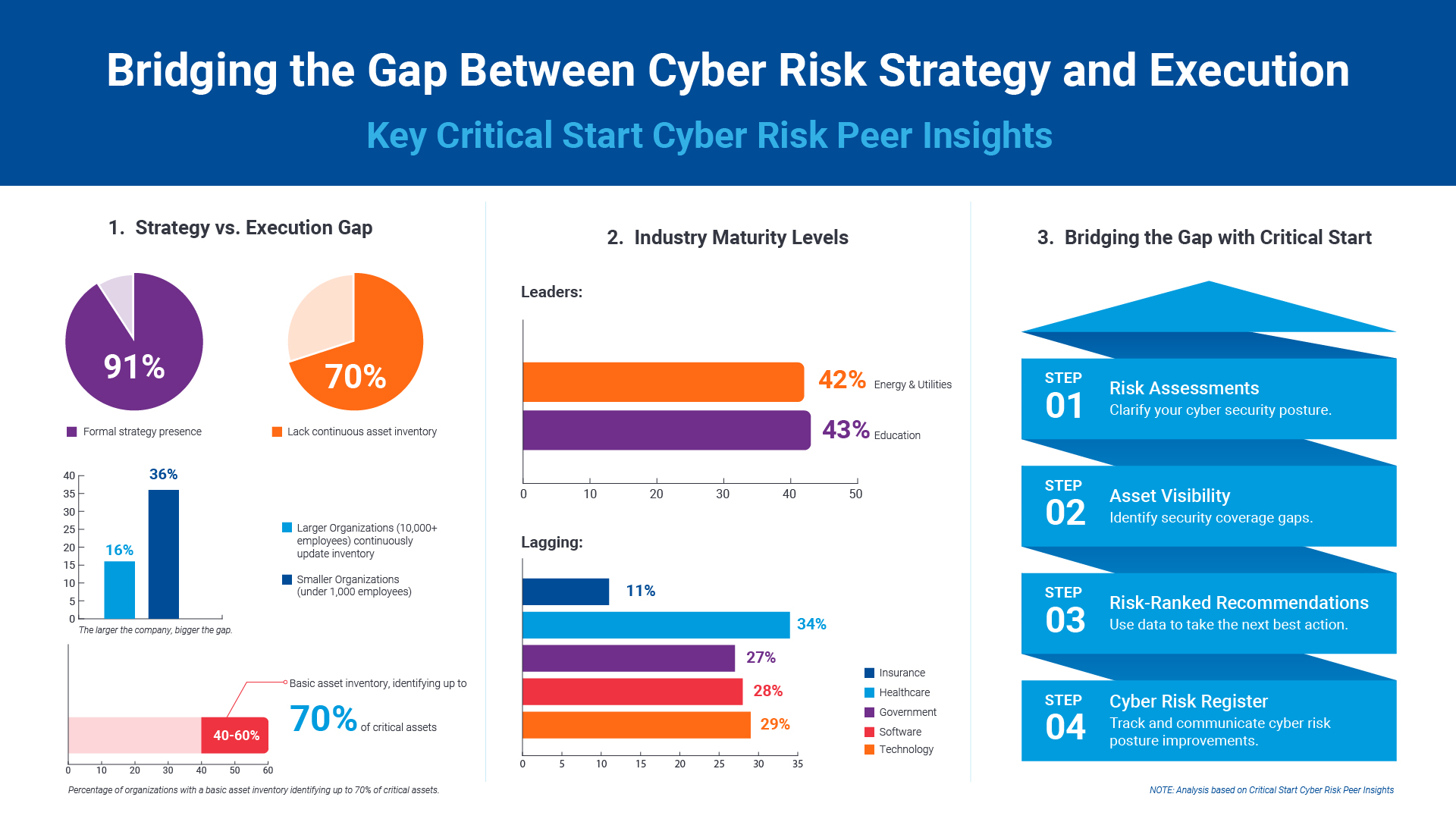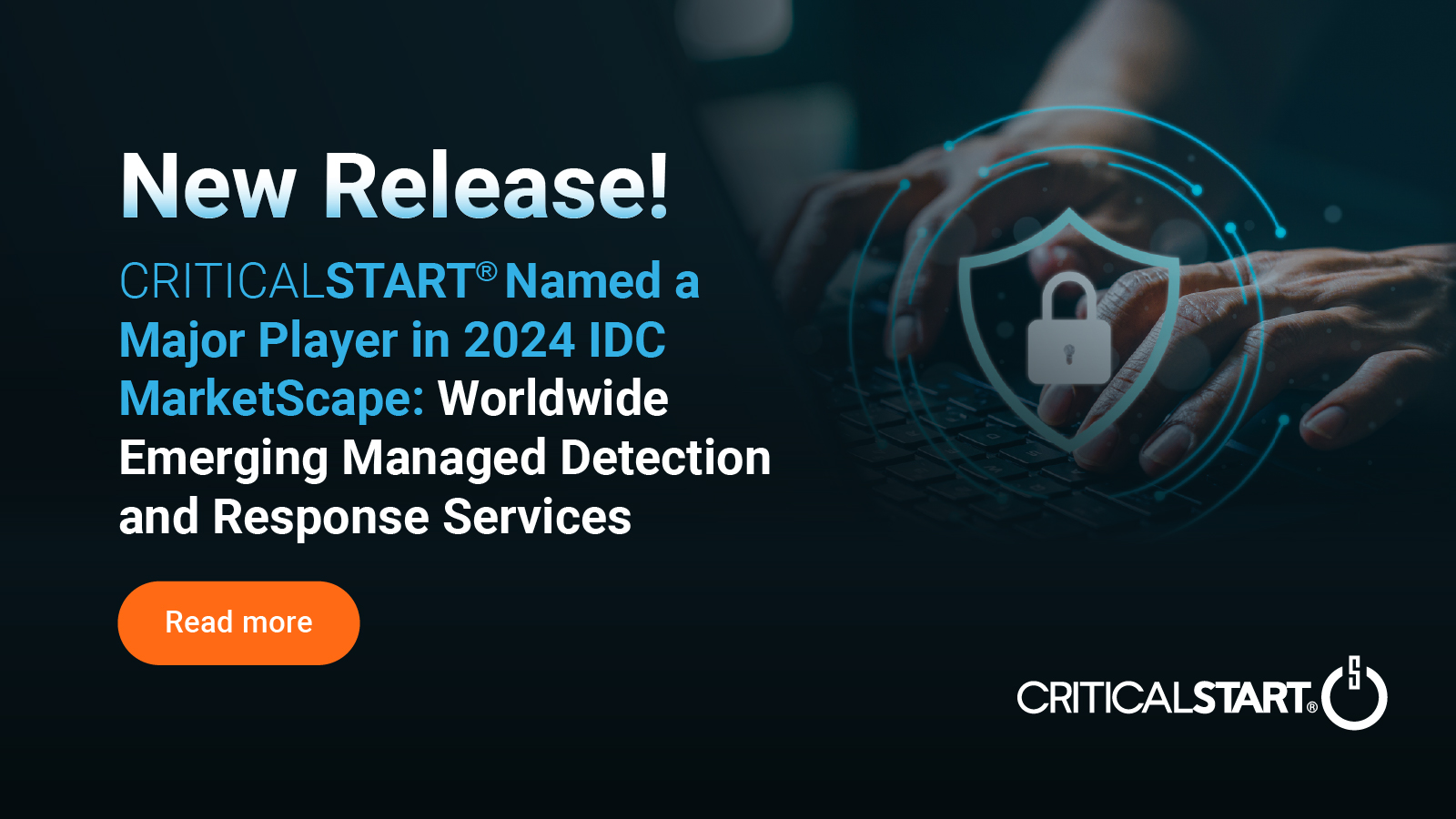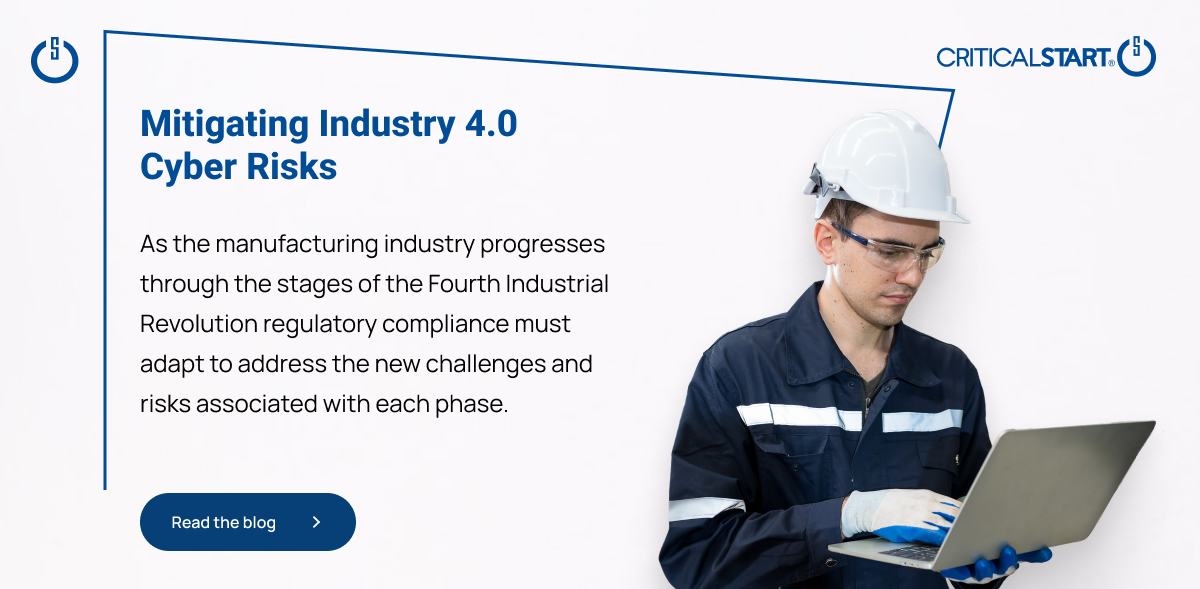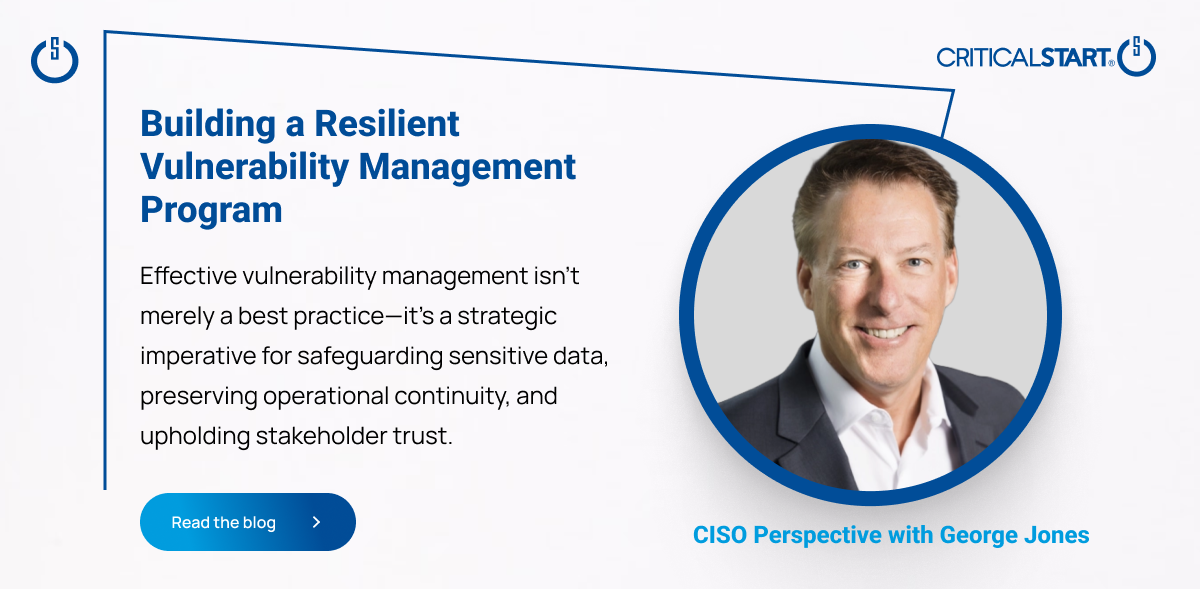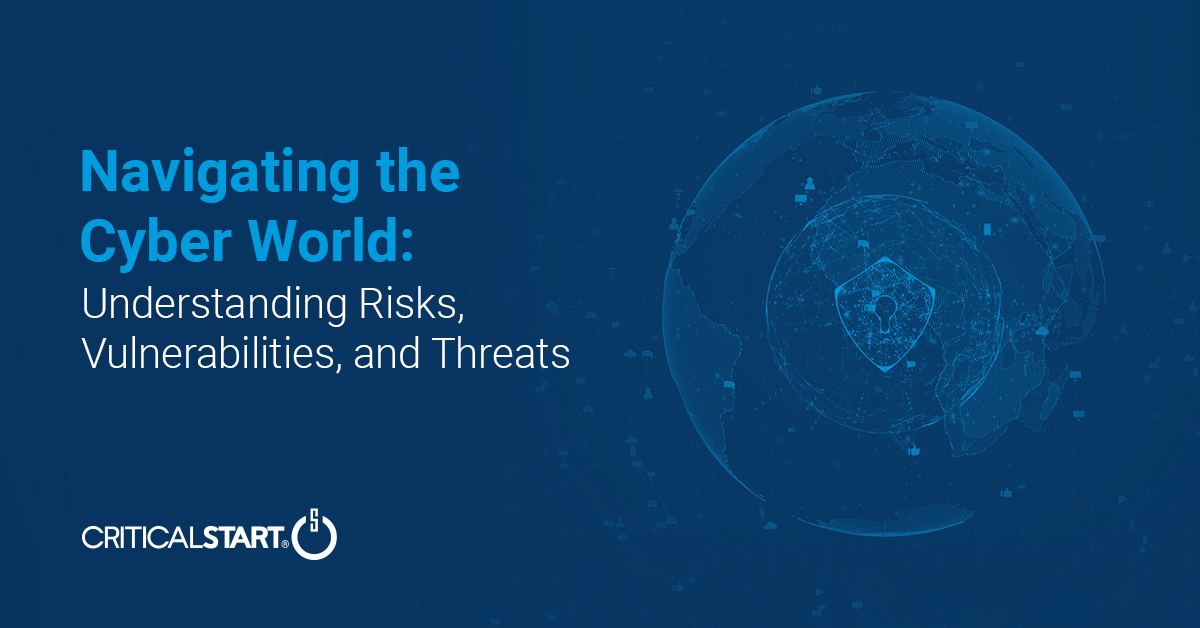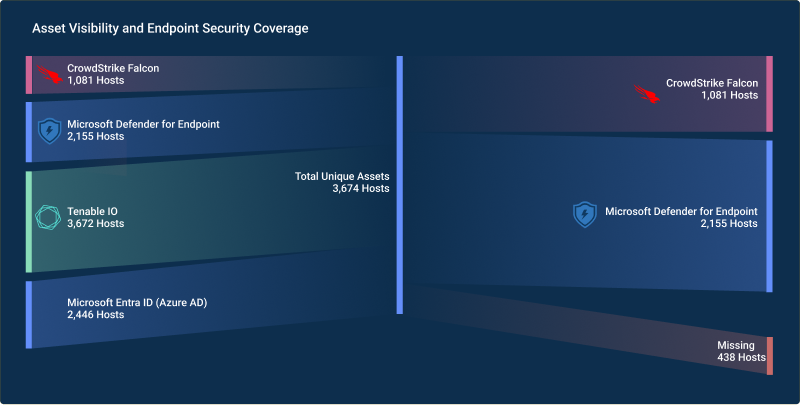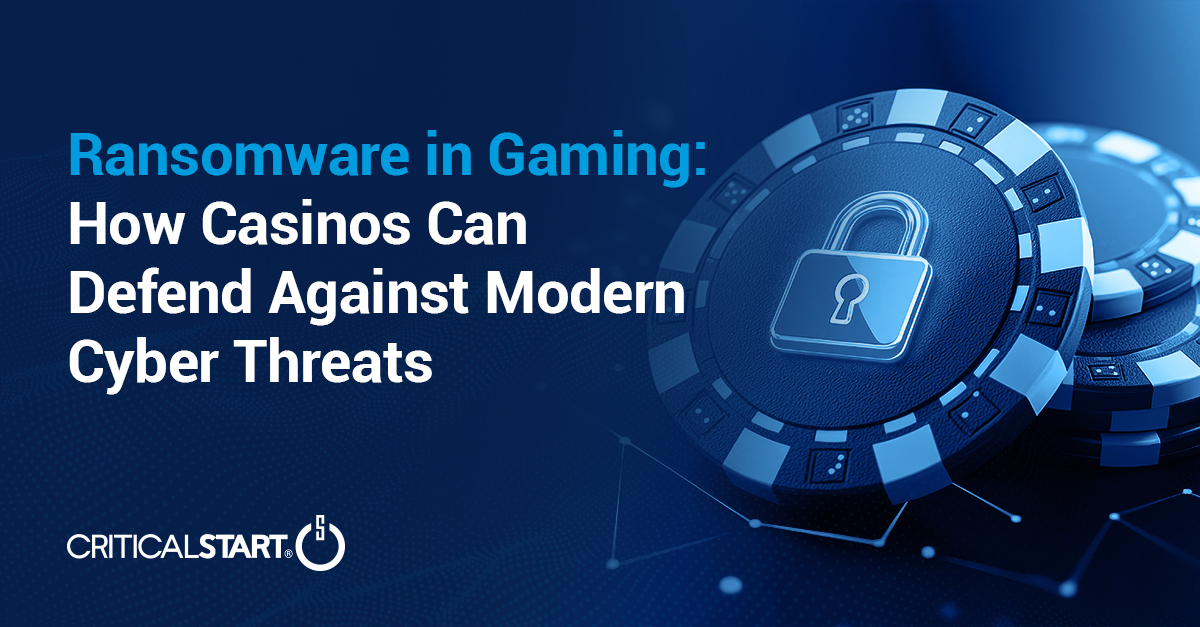With the acquisition of Scalyr, SentinelOne® is carving out a unique position in the security space not through it’s acquisitions, but through how limited and targeted its acquisitions are in practice due to its ability to innovate internally. We wanted to get the inside track on this innovation and how SentinelOne is applying it to the XDR space, so we talked with Yonni Shelmerdine, AVP of Product and Head of XDR for SentinelOne. With experience in an elite Israeli intelligence unit, as well as a deep private sector career in cybersecurity, Yonni brings a unique perspective to what it takes for XDR to be successful.
When it comes to SentinelOne, Yonni feels that the organization runs its security product management like a business, instead of focusing on one specific field, which has led to significant success in owning the entire business problem of cybersecurity for customers. “I wouldn’t say that we necessarily have some secret sauce that no one else has in terms of building products,” he shared. “But I do think that we’ve done a better job of evolving what we have into exactly what the market needs, as opposed to just completely starting from scratch each time we notice a new problem.”
Customer-Defined XDR
Yonni explained how this philosophy drives SentinelOne’s approach to XDR. “When we set out to define what XDR was going to mean for us, we focused on making sure that it was going to have a foundation of what we’re already good at. We asked ourselves what is it that is driving this thing called XDR? And our conclusion was that the market recognizes the approach that EDR took seems to work. If you recognize that prevention isn’t sufficient, you are going to need to focus on how efficiently you can answer: Who, what, why, when, where, how—and then do something about it. It seems to be the right formula and I think we also recognize there’s a reason it’s called XDR and not X-IEM or X-OAR. XDR does seem to be an evolution of EDR, obviously with more data sources and with more response actions, and there are some key parts of EDR that we recognize are going to be the crux of our approach to XDR. This includes using metrics such as mean-time-to-respond, mean-time-to-investigate and mean-time-to-detect as our beacons to answer: ‘Are we going in the right way?’”
“At SentinelOne, that’s how we approach EDR now,” he continued. “We determined that this was going to be about ingesting data, but not necessarily ingesting all of it. We’re not ingesting for the sake of ingesting. We’re ingesting for the sake of reducing mean-time-to-detect. We now facilitate much more automation than we did last year, and we’re going to be facilitating even more in the months to come. We ask ourselves, ‘Does it help reduce the number of screens you need? Does it help reduce the number of analysts you need? Does it help reduce the years of experience they need in order to solve this really complex problem?’ And then we set about deciding what we were going to build.”
Putting the pieces together
Yonni discussed their Singularity™ Ranger® product as an example this approach stating, “Ranger evolved into not leaving behind any IOT features, but now it can give you a complete picture of what’s happening in your network and give you the ability to actually do something by deploying each Sentinel agent. This was born out of the needs of our customers and partners to do exactly what people need it to do.”
The recent acquisition of Scalyr shows another variation of this idea, as Yonni explained it adds not only new capabilities to SentinelOne’s portfolio, but it also represents a commitment to the existing customer base that still predominantly uses EDR. “The difference is that now the most advanced customers, such as CRITICALSTART can run even more complex and rapid queries,” Yonni stated.
He went on to describe how this is all part of SentinelOne’s “laser focus” on XDR, with Ranger and Scalyr components adding to a much larger and comprehensive strategy as part of its XDR efforts. “Our approach to XDR is to look at it as a combination of things that we as SentinelOne can do, as well as the things that one of our customers’ stacks can do,” Yonni explained. “We have no intention to stop with tools built by SentinelOne and we’re introducing options for a customer to respond to an event with their identity tool, their Cloud Access Security Broker and various other tools. We are very much open to using the entire tier for the customer’s arsenal to respond in the most efficient way or use the entirety of our arsenal to respond in the most efficient way—whichever is the right fit for the situation.”
When asked whether XDR is going to replace SIEM, Yonni responded: “Will it completely kill off SIEM? I think there’s probably quite a bit of runway before that happens.” But with SentinelOne’s customer-and-market-centric approach, XDR seems to be poised to take the baton on cybersecurity and pass it to the next level of threat remediation.
![]()
Ransomware in 2025: The Real Risk, the Gaps That Persist, and What Actually Works
Ransomware attacks aren’t slowing down. They’re getting smarter, faster, and more expensive. In ...![]()
Security Operations Leaders: The Chaos Is Real
If you’re a CISO, SOC leader, or InfoSec pro, you’ve felt it. Alert volumes spike. Tools multipl...![]()
Transform Vulnerability Management: How Critical Start & Qualys Reduce Cyber Risk
In a recent webinar co-hosted by Qualys and Critical Start, experts from both organizations discusse...![]()
H2 2024 Cyber Threat Intelligence Report: Key Takeaways for Security Leaders
In a recent Critical Start webinar, cyber threat intelligence experts shared key findings from the H...![]()
Bridging the Cybersecurity Skills Gap with Critical Start’s MDR Expertise
During a recent webinar hosted by CyberEdge, Steven Rosenthal, Director of Product Management at Cri...![]()
2024: The Cybersecurity Year in Review
A CISO’s Perspective on the Evolving Threat Landscape and Strategic Response Introduction 2024 has...![]()
Modern MDR That Adapts to Your Needs: Tailored, Flexible Security for Today’s Threats
Every organization faces unique challenges in today’s dynamic threat landscape. Whether you’re m...![]()
Achieving Cyber Resilience with Integrated Threat Exposure Management
Welcome to the third and final installment of our three-part series Driving Cyber Resilience with Hu...Why Remote Containment and Active Response Are Non-Negotiables in MDR
You Don’t Have to Settle for MDR That Sucks Welcome to the second installment of our three-part bl...![]()
Choosing the Right MDR Solution: The Key to Peace of Mind and Operational Continuity
Imagine this: an attacker breaches your network, and while traditional defenses scramble to catch up...![]()
Redefining Cybersecurity Operations: How New Cyber Operations Risk & Response™ (CORR) platform Features Deliver Unmatched Efficiency and Risk Mitigation
The latest Cyber Operations Risk & Response™ (CORR) platform release introduces groundbreaking...![]()
The Rising Importance of Human Expertise in Cybersecurity
Welcome to Part 1 of our three-part series, Driving Cyber Resilience with Human-Driven MDR: Insights...![]()
Achieving True Protection with Complete Signal Coverage
Cybersecurity professionals know all too well that visibility into potential threats is no longer a ...![]()
Beyond Traditional MDR: Why Modern Organizations Need Advanced Threat Detection
You Don’t Have to Settle for MDR That Sucks Frustrated with the conventional security measures pro...The Power of Human-Driven Cybersecurity: Why Automation Alone Isn’t Enough
Cyber threats are increasingly sophisticated, and bad actors are attacking organizations with greate...Importance of SOC Signal Assurance in MDR Solutions
In the dynamic and increasingly complex field of cybersecurity, ensuring the efficiency and effectiv...The Hidden Risks: Unmonitored Assets and Their Impact on MDR Effectiveness
In the realm of cybersecurity, the effectiveness of Managed Detection and Response (MDR) services hi...![]()
The Need for Symbiotic Cybersecurity Strategies | Part 2: Integrating Proactive Security Intelligence into MDR
In Part 1 of this series, The Need for Symbiotic Cybersecurity Strategies, we explored the critical ...Finding the Right Candidate for Digital Forensics and Incident Response: What to Ask and Why During an Interview
So, you’re looking to add a digital forensics and incident response (DFIR) expert to your team. Gr...![]()
The Need for Symbiotic Cybersecurity Strategies | Part I
Since the 1980s, Detect and Respond cybersecurity solutions have evolved in response to emerging cyb...![]()
Critical Start H1 2024 Cyber Threat Intelligence Report
Critical Start is thrilled to announce the release of the Critical Start H1 2024 Cyber Threat Intell...![]()
Now Available! Critical Start Vulnerability Prioritization – Your Answer to Preemptive Cyber Defense.
Organizations understand that effective vulnerability management is critical to reducing their cyber...![]()
Recruiter phishing leads to more_eggs infection
With additional investigative and analytical contributions by Kevin Olson, Principal Security Analys...![]()
2024 Critical Start Cyber Risk Landscape Peer Report Now Available
We are excited to announce the release of the 2024 Critical Start Cyber Risk Landscape Peer Report, ...Critical Start Managed XDR Webinar — Increase Threat Protection, Reduce Risk, and Optimize Operational Costs
Did you miss our recent webinar, Stop Drowning in Logs: How Tailored Log Management and Premier Thre...Pulling the Unified Audit Log
During a Business Email Compromise (BEC) investigation, one of the most valuable logs is the Unified...![]()
Set Your Organization Up for Risk Reduction with the Critical Start Vulnerability Management Service
With cyber threats and vulnerabilities constantly evolving, it’s essential that organizations take...![]()
Announcing the Latest Cyber Threat Intelligence Report: Unveiling the New FakeBat Variant
Critical Start announces the release of its latest Cyber Threat Intelligence Report, focusing on a f...Cyber Risk Registers, Risk Dashboards, and Risk Lifecycle Management for Improved Risk Reduction
Just one of the daunting tasks Chief Information Security Officers (CISOs) face is identifying, trac...![]()
Beyond SIEM: Elevate Your Threat Protection with a Seamless User Experience
Unraveling Cybersecurity Challenges In our recent webinar, Beyond SIEM: Elevating Threat Prote...![]()
Navigating the Convergence of IT and OT Security to Monitor and Prevent Cyberattacks in Industrial Environments
The blog Mitigating Industry 4.0 Cyber Risks discussed how the continual digitization of the manufac...![]()
Critical Start Cyber Risk Peer Insights – Strategy vs. Execution
Effective cyber risk management is more crucial than ever for organizations across all industries. C...![]() Press Release
Press ReleaseCritical Start Named a Major Player in IDC MarketScape for Emerging Managed Detection and Response Services 2024
Critical Start is proud to be recognized as a Major Player in the IDC MarketScape: Worldwide Emergin...Introducing Free Quick Start Cyber Risk Assessments with Peer Benchmark Data
We asked industry leaders to name some of their biggest struggles around cyber risk, and they answer...Efficient Incident Response: Extracting and Analyzing Veeam .vbk Files for Forensic Analysis
Introduction Incident response requires a forensic analysis of available evidence from hosts and oth...![]()
Mitigating Industry 4.0 Cyber Risks
As the manufacturing industry progresses through the stages of the Fourth Industrial Revolution, fro...![]()
CISO Perspective with George Jones: Building a Resilient Vulnerability Management Program
In the evolving landscape of cybersecurity, the significance of vulnerability management cannot be o...![]()
Navigating the Cyber World: Understanding Risks, Vulnerabilities, and Threats
Cyber risks, cyber threats, and cyber vulnerabilities are closely related concepts, but each plays a...The Next Evolution in Cybersecurity — Combining Proactive and Reactive Controls for Superior Risk Management
Evolve Your Cybersecurity Program to a balanced approach that prioritizes both Reactive and Proactiv...![]()
CISO Perspective with George Jones: The Top 10 Metrics for Evaluating Asset Visibility Programs
Organizations face a multitude of threats ranging from sophisticated cyberattacks to regulatory comp...- Webinar
Are Critical Threats Slipping Through Your Defenses?
Modern security teams are buried in noisy alerts and stretched thin. Even with powerful tools like M... ![]()
Ransomware in Gaming: How Casinos Can Defend Against Modern Cyber Threats
Hackers aren’t gambling. They know exactly where to hit. And for gaming companies, the stakes ...- eBook
Ditch the Black Box: Get Transparent MDR with Critical Start
Tired of MDR providers leaving you in the dark? We totally get it. Our eBook, Unmatched Transparency...
Newsletter Signup
Stay up-to-date on the latest resources and news from CRITICALSTART.
Thanks for signing up!
